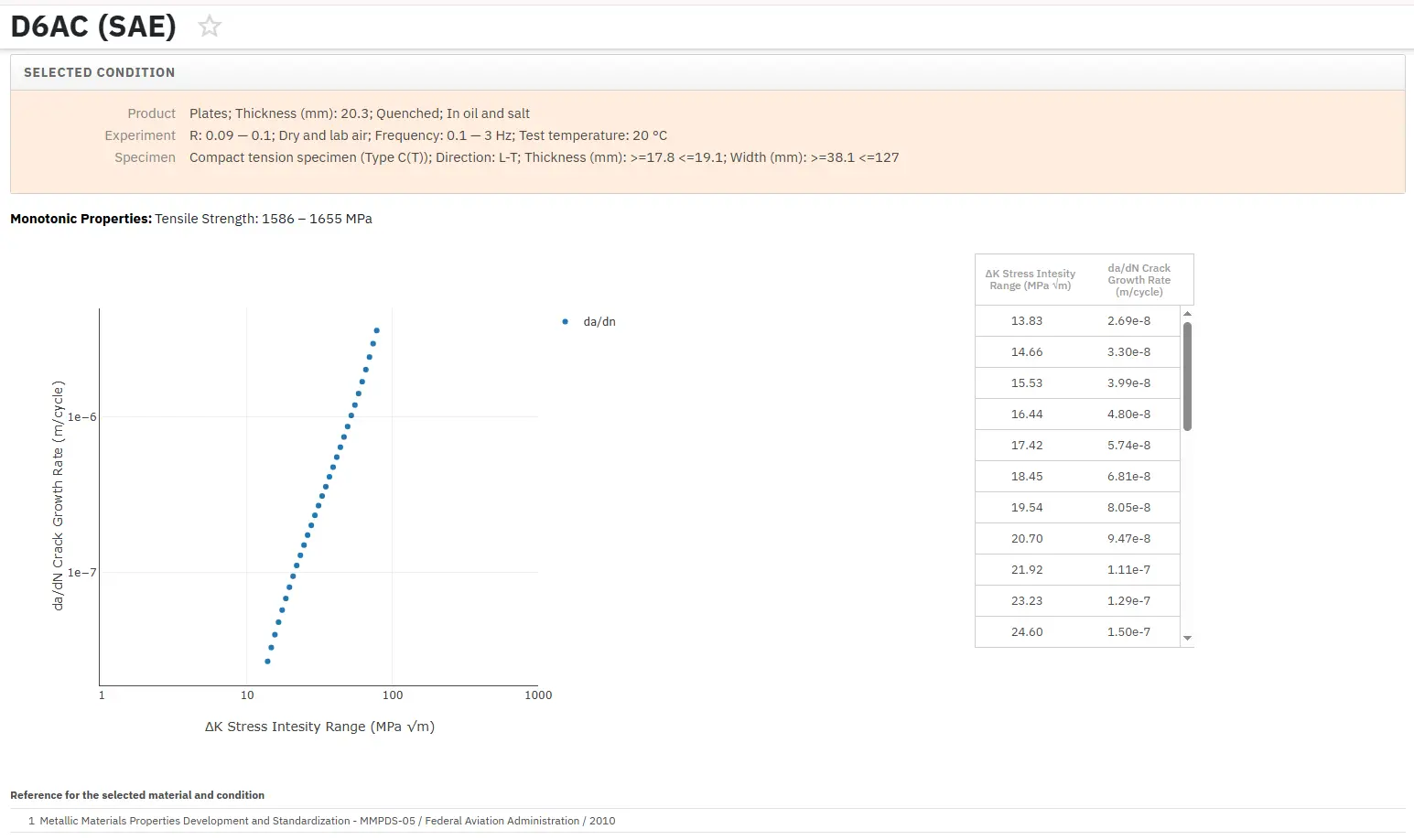Linear Elastic Fracture Mechanics (LEFM): Part One
Abstract
Linear Elastic Fracture Mechanics (LEFM) is a fundamental theory for analyzing crack propagation in materials under stress. This article explores the core principles of LEFM, including stress intensity factors, fracture modes, and critical parameters. Originally developed by Griffith and later refined by Irwin and Rice, LEFM provides a simplified yet sophisticated approach to understanding crack behavior in elastic bodies. The theory's applicability depends on specific conditions, particularly the size of the inelastic zone relative to crack dimensions. The article emphasizes the importance of three critical parameters: working stress, fracture toughness, and critical flaw size, demonstrating their interdependence in fracture mechanics analysis.
Understanding LEFM Fundamentals
For decades, fracture mechanics has been used to study fatigue crack propagation in mechanical components. The theory of Linear Elastic Fracture Mechanics has evolved as a crucial tool in understanding material failure through crack propagation. Initially developed using stress intensity factors (K), LEFM expresses the relationship between stress and crack size, providing a foundation for predicting material behavior under stress conditions.
Historical Evolution and Theoretical Basis
Linear Elastic Fracture Mechanics, pioneered by Griffith (1921-1924) and subsequently enhanced by Irwin (1957, 1958) and Rice (1968), represents a sophisticated approach to analyzing sharp cracks in elastic bodies. The theory's development marked a significant advancement in understanding material failure mechanisms. LEFM is applicable to any material as long as certain conditions are met, primarily relating to elastic behavior except in a small region at the crack tip.
Stress Analysis and Critical Parameters in LEFM
The theory employs a stress intensity factor (K) determined by stress analysis and expressed as a function of stress and crack size, i.e., (stress) x (length)1/2. The strain energy release rate, or the stress intensity at the crack tip (KC), eventually will inevitably reach a critical value.
Understanding Fracture Modes
There are three modes of fracture, with Mode I being identified as the opening mode, in which the crack surfaces move opposite and perpendicular to each other (as when opening by driving in a wedge). This mode is the most important from the low stress fracture point of view and has been studied more extensively than modes II and III, which involve sliding and lateral tearing respectively.
Plane strain is defined as a state of two-dimensional strain, with no strain in the through-thickness direction, and is therefore classed as a state of triaxial stress. The ideal conditions of stress are not usually realized in practice and a mixed mode state of stress exists. Even in very brittle fractures, some plastic flow may occur at the tip of a sharp defect.
Critical Stress Intensity and Material Properties
In order to establish the critical stress intensity by Linear Elastic Fracture Mechanics, the plastic zone must be kept small in comparison to the other dimensions of the specimen. For what is essentially plane strain conditions, the inherent fracture toughness of a material can be expressed in terms of the critical value of the stress intensity factor KIC at which crack instability occurs.
The value of KIC varies markedly with metallurgical variables, such as steelmaking practice and inclusions, and heat treatment and microstructure. It can be used to compare steels of different strength levels by use of the same parameter, which is not possible when using alternative approaches, such as those based on transition temperature.
Implementation Guidelines and Safety Considerations
The elements of fracture mechanics may be summarized in the form of a triangle having the 3 critical parameters situated at each apex: working stress (σw), fracture toughness (KIC) and critical flaw size (acrit). If two of the three parameters are known, the third can be calculated; this simple concept emphasizes the importance of being able to accurately measure the size of the discontinuity.
Furthermore, the exact magnitude and distribution of the stresses in a component may not be known, necessitating the application of a safety factor. Residual stresses in a casting can be of a surprisingly high order before the working stress is applied. Consequently, some knowledge of the magnitude of possible residual stress is essential.
数千種類の材料の破壊力学特性を今すぐチェック!
Total Materia Horizon には、K1C、KC、亀裂成長、パリス則パラメータなどの豊富な破壊力学特性が収録されています。

Total Materia Horizonの無料テストアカウントを開設して、120カ国以上、50万人を超えるユーザーのコミュニティに参加しましょう!